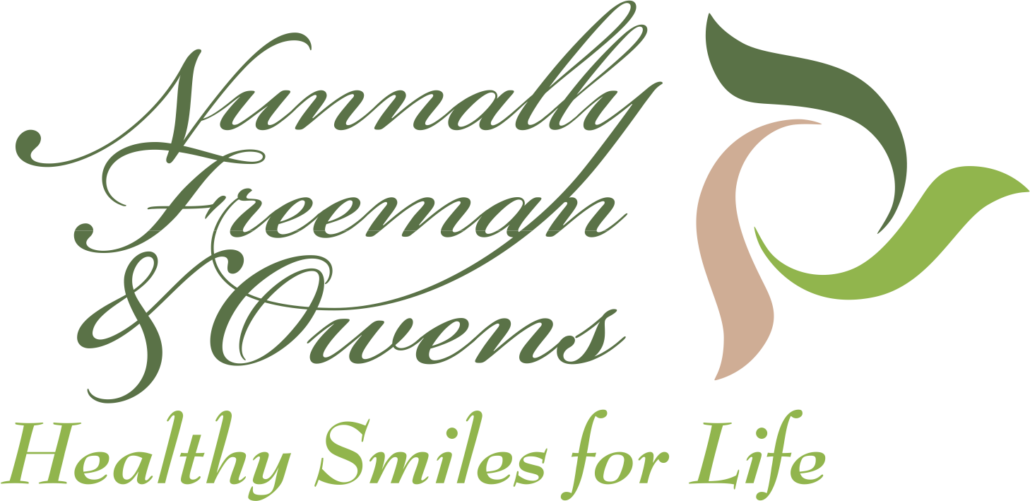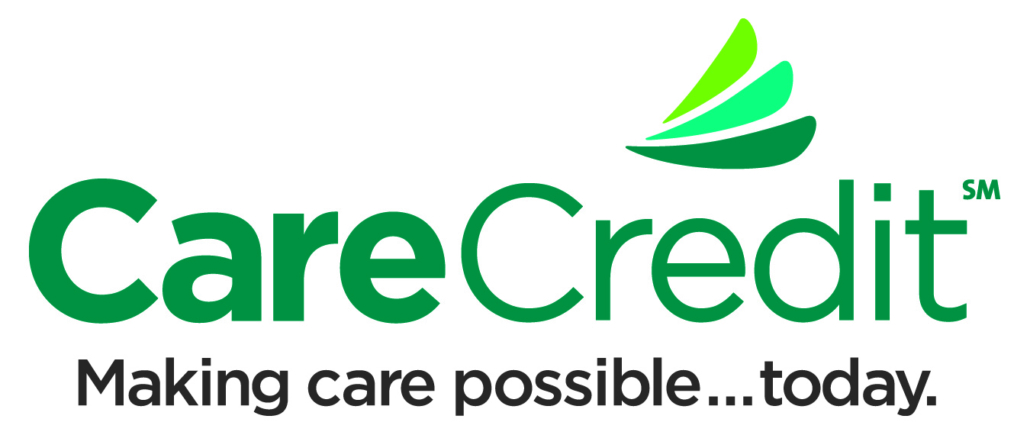Co-Therapy Oral Hygiene Instructions
1. Tooth Brush Massage (“Press and Wiggle”)
With a dry, soft bristle tooth brush, place the bristles on the tooth brush at a 45 degree angle to the tooth starting one-quarter inch below the gum-line. With a firm pressure, wiggle the bristles under the gum-line, moderately massaging the gums. This should be done for at least 10 minutes a day for prevention. During therapy the recommended time for tooth brush massage will be specific to your individual needs:
Case Type IA – Dry brush at least 5-10 minutes a day.
Case Type IB – Dry brush at lease 10-15 minutes a day.
Case Type II – Dry brush at least 20-25 minutes a day.
Case Type III – Dry brush at least 30 minutes a day.
Case Type IV – Dry brush at least 30 minutes a day.
2. Rubber Tip Stimulator
A. To stimulate the gum tissue, use the tip as your hygienist demonstrated. Use the tip itself as a fulcrum in between two teeth and place the ball of the tip on the gum area just above the teeth. Apply moderate pressure with a slight rolling of the ball of the tip for at least 10 seconds on one area. Depending on the severity of infection involved, your hygienist will recommend an appropriate amount of time to use.
B. To remove plaque from around the gum line (or to clean the sulcus area), place the tip under the gum-line and clean the entire circumference of the tooth.
3. Flossing
Wrap approximately a 24 inch piece of floss around your left middle finger, leaving about 6 inches free for the right middle finger (this is your floss holder). Make sure you curve the dental floss as you go through the contact point to allow you access to the root surface of the tooth (below the gum-line). Make sure you continue down the root surface of the tooth until you feel the bottom of the pocket. Your hygienist will recommend what kind of floss will work best for you and how many times a day you should use it for plaque removal. A minimum of once daily is recommended for periodontal and caries prevention.
4. Proxabrush
Proxabrushes are an excellent adjunct to oral hygiene care where there has been enough bone loss to allow the brush to fit in between the teeth without forcing the tip of the brush through. Place Proxabrush in between teeth (use in between all teeth where it will fit comfortably). Massage back and forth at least 4 times to remove plaque thoroughly. You may purchase refills at most drug stores.
5. Super-floss and Floss Threaders
These specialized floss aids are used for thorough cleaning and plaque removal under bridges and large interproximal spaces (large spaces in between your teeth). It also is used under orthodontic appliances and wires.
6. Vitamin Therapy
If you are under the care of a physician, please consult your doctor before taking any supplements. The vitamins that are most essential for healing and maintaining healthy tissues are:
Vitamin C – 1,000 mg with bioflavonoids (Please consult your physician if you have had a history of stomach ulcers).
Vitamin B Complex – 50 mg and up, depending on individual needs.
7. Oral Irrigation
Oral irrigation is recommended to use in-office to flush pockets with an antimicrobial agent to provide a temporary environment where plaque will not form as readily. Oral irrigation may also be used as a Co-Therapy recommendation for use at home to flush into periodontal pockets.
8. Desensitizing Toothpaste
MI Paste, Sensodyne & Enamel Pro. First, remove all plaque from sensitive area. Next, apply paste to sensitive areas with your fingertips – do not rinse.
9. Toothpaste and Mouth Rinses
Use as recommended by the hygienist and /or doctor.
10. Periodontal Aide
To be used for thorough plaque removal (as demonstrated by hygienist). Especially useful for bifurcated root areas.

